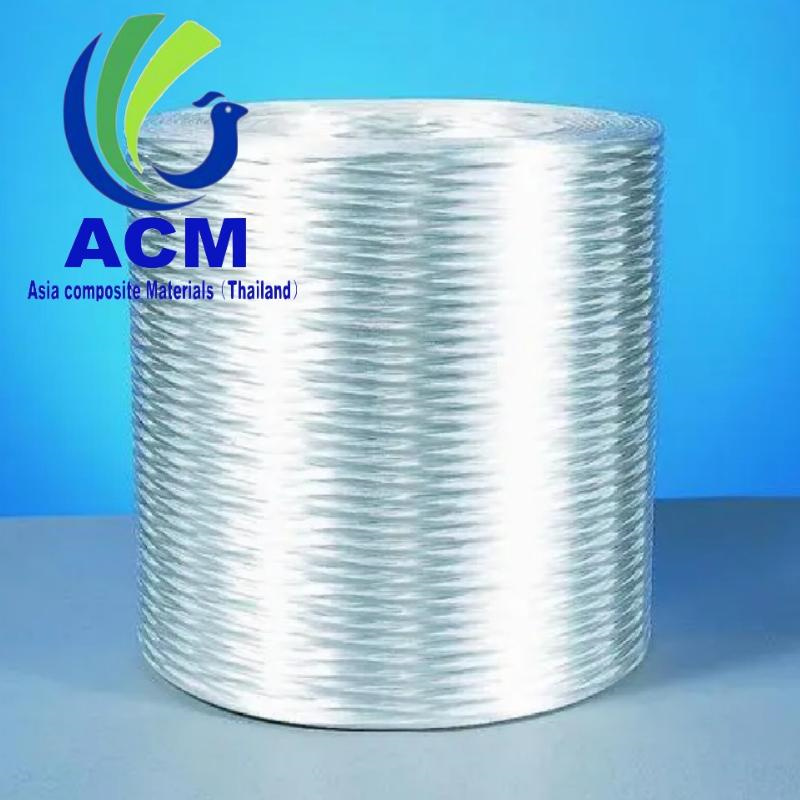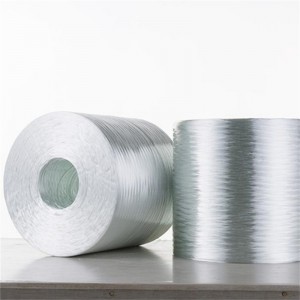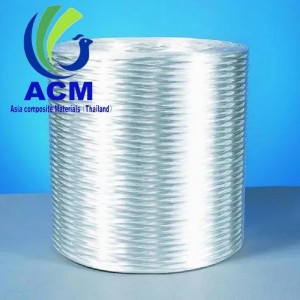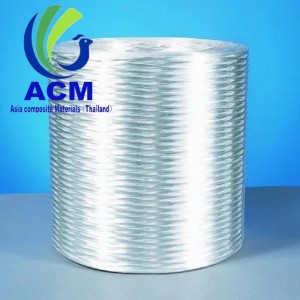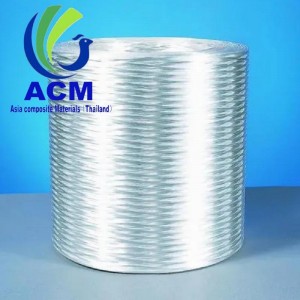Products
ECR Fiberglass Direct Roving for Weaving
Direct Roving for weaving
The products are compatible with UP VE etc resin . It provides excellent weaving performance, it is designed to produce all kinds of FRP products like woven roving, mesh, geotextiles and muti-axial fabric ect.
product specification
|
Product Code |
Filament Diameter(μm) |
Linear Density(tex) | Compatible Resin | Product Features and Application |
|
EWT150 |
13-24 |
300、413 600、800、1500、1200,2000,2400 |
UPVE
|
Excellent weaving performanceVery low fuzz
Use for producing woven roving,tape,combo mat,sandwich mat
|
PRODUCT DATA

Direct roving for weaving application
E-Glass fiber weavings are used in the manufacturing of boat, pipe, airplanes and in the automotive industry in the form of composite. Weavings are also used in the manufacturing of wind turbine blades, while glass fiber rovings are used in the production of biaxial (±45°, 0°/90°), triaxial (0°/±45°, -45°/90°/+45°) and quadriaxial (0°/-45°/90°/+45°) weavings. Glass fiber roving used in the production of weavings should be compatible with different resins like unsaturated polyester, vinyl ester or epoxy. Therefore, various chemicals which enhance compatibility between the glass fiber and the matrix resin should be considered in case of developing such rovings. During the latter production a mixture of chemicals are applied to the fiber which is called sizing. Sizing improves the integrity of the glass fiber strands (film former), the lubricity among strands (lubricating agent) and the bond formation between the matrix and the glass fiber filaments (coupling agent). Sizing also prevents oxidation of the film former (antioxidants) and inhibits static electricity (antistatic agents) appearance. The specifications of the new direct roving should be assigned prior to the development of a glass fiber roving for weaving applications. The sizing design requires the choice of the sizing components based on the specifications which is then followed by trials running. Trial roving products are tested, the results are compared to target specifications and the corrections required are consequently introduced. Also, different matrices are used to make composites with trial roving in order to compare the mechanical properties acquired.


